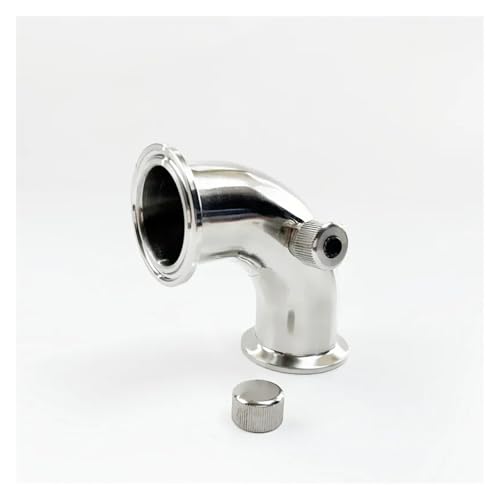Yuri
Active Member
- Joined
- Oct 29, 2019
- Messages
- 31
- Reaction score
- 4
Hi everyone,
This is the second time I have tried to make a flower tea hydromel that resulted in sulfur smell and I really can't see what is so different about my recipe than what is shown on the internet. The first time I used less nutrients and staggered them, I read that I should add more nutrients and front-load. I also read that adding sulfites for sanitisation can add a risk of sulfur reduction (chemical reduction), so I decided to wait 36 hours in stead of 24 hours before adding my tea to the must to allow it to dissipate. So here is what I did:
475 grams of honey in about 4.75L of water (which was part tea and mostly elderflower tea steeped for 36 hours outside the fridge with 1 campden tablet). Half a packet of CY17 wine yeast. Front loaded a little over 5 grams of Fermaid O (which is a lot in my opinion). SG was 1.038. 3 days later I feel like I am starting to smell sulfur again.
I have some pure copper wire, but the danger of copper sulfide/sulfate has me not even wanting to try that for a solution. I am more just wondering how I could have possibly prevented this? Maybe someone has a theory..
Yuri
This is the second time I have tried to make a flower tea hydromel that resulted in sulfur smell and I really can't see what is so different about my recipe than what is shown on the internet. The first time I used less nutrients and staggered them, I read that I should add more nutrients and front-load. I also read that adding sulfites for sanitisation can add a risk of sulfur reduction (chemical reduction), so I decided to wait 36 hours in stead of 24 hours before adding my tea to the must to allow it to dissipate. So here is what I did:
475 grams of honey in about 4.75L of water (which was part tea and mostly elderflower tea steeped for 36 hours outside the fridge with 1 campden tablet). Half a packet of CY17 wine yeast. Front loaded a little over 5 grams of Fermaid O (which is a lot in my opinion). SG was 1.038. 3 days later I feel like I am starting to smell sulfur again.
I have some pure copper wire, but the danger of copper sulfide/sulfate has me not even wanting to try that for a solution. I am more just wondering how I could have possibly prevented this? Maybe someone has a theory..
Yuri







































